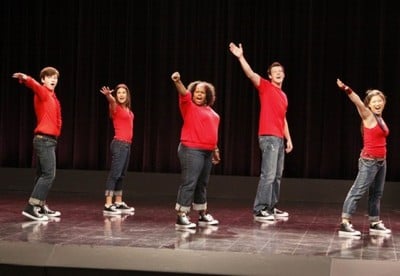
The diocesan paper for San Francisco is taking a look at deacons this week — and offers a solid overview of the vocation and the men who are becoming a part of it:
An active parishioner and energetic volunteer outside the church, Ven Garcia was discussing plans for a spiritual retreat with an assistant pastor at the Church of Epiphany in San Francisco several years ago when suddenly, apropos of nothing, the priest asked him if he had ever considered becoming a deacon.
“That was the first time I heard about it,” Garcia said. “My initial reaction, after he explained it to me, was ‘no.'”
Now in his fourth year of the Archdiocese of San Francisco’s five-year formation program for permanent deacons, the 61-year-old retired state worker is on track to be ordained by Archbishop George Niederauer in 2012 in an elaborate ceremony marking his entrance into an ancient and honored order of the Church.
For many Catholics, it is an order whose identity and role remains shrouded in mystery.
“They see you in your alb and stole standing outside church after Mass and they call you father,” said Deacon Ed Cunningham. “I say, ‘yes, I am a father – I have two children.'”
While deacons may perform many of the offices of a priest – such as baptizing, marrying, burying, and preaching the Gospel at Mass- the ministerial boundaries of this resurrected order are still being drawn. Some work in parishes. Others serve as chaplains in hospitals and prisons. Still others work in shelters for battered women or, like the deacon who ministers to cross-country truckers at truck stops, create their own style of service.
“I think the real role of the deacon,” said Deacon Ray Noll, “is being defined by the people who are deacons now.”
There’s much more, include a succinct history of the order, at the link.

